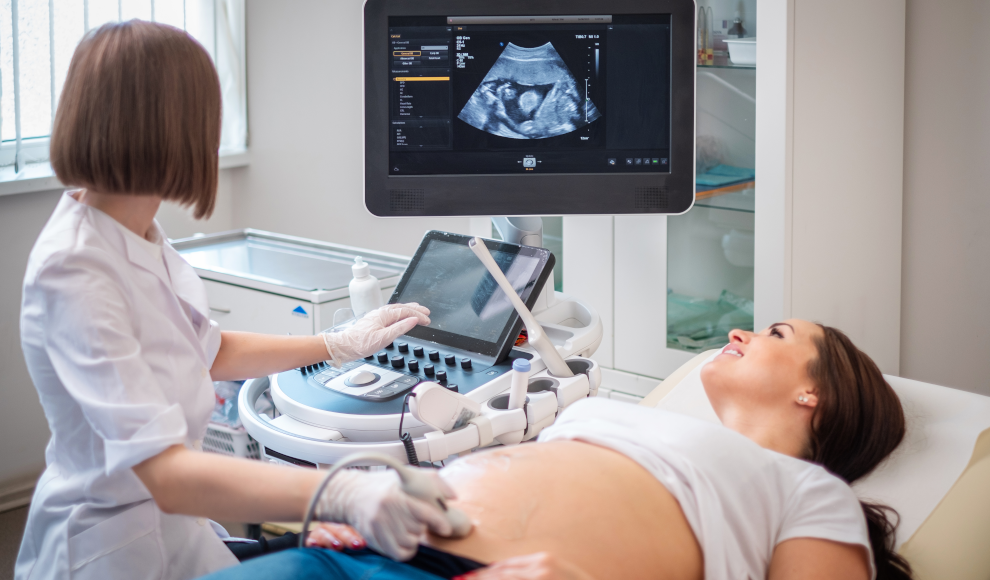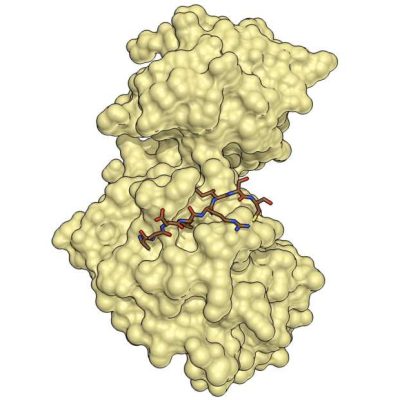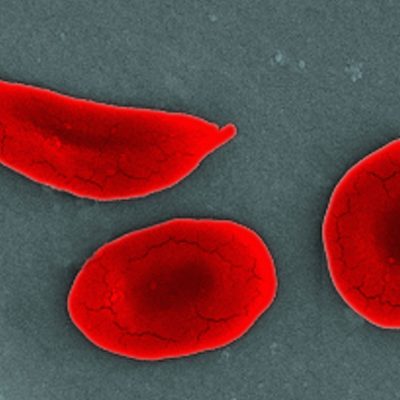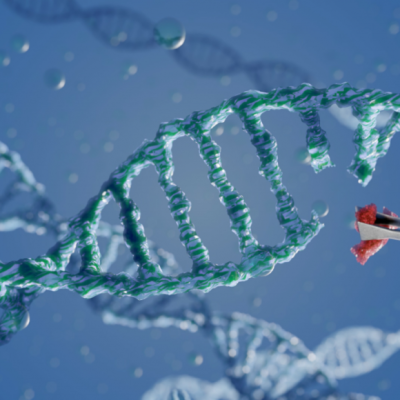A new mathematical model has been developed that can predict the behavior of ultrasound waves, providing the basis for ultrasound images with significantly higher resolution. Ultrasound technology is an essential diagnostic tool in modern medicine, allowing doctors to produce detailed diagnostic images in a safe and non-invasive manner. The technique involves emitting high-frequency sound waves through a transducer, which then registers the echoes generated at the boundaries of tissues of different densities. However, the resolution of ultrasound images is still relatively low, requiring the use of contrast agents such as microbubbles to detect the smallest details.
Researchers at the University of Tsukuba have developed a mathematical model that can predict the behavior of ultrasound waves when passing through liquids containing microbubbles. The physicists derived a set of non-linear equations that take into account the compressibility of the shell structure, making it applicable to multiple bubbles. The team modeled the shell as a viscoelastic object, which proved to be an important factor in the analysis. The model can predict the movement and interaction of ultrasound waves by considering the compressibility of the bubble shell, which indicates the relative volume change of a solid or liquid in response to increased or decreased pressure.
The study could pave the way for future refinements in the theory of sound attenuation in liquids, and the microbubbles investigated in this project could also be used therapeutically, such as for the targeted delivery of drugs. In this context, ultrasound waves could be used to burst the bubbles at specific times or locations in the body to release the medication. The new mathematical model could significantly improve the resolution of ultrasound images, providing doctors with more detailed diagnostic information and potentially leading to better patient outcomes.










